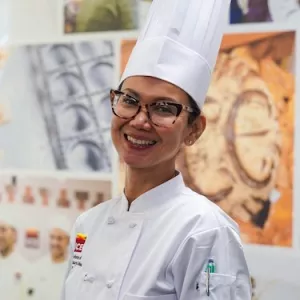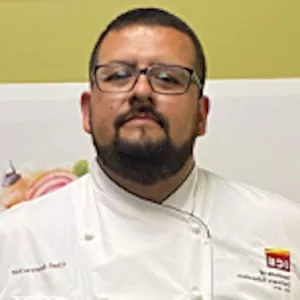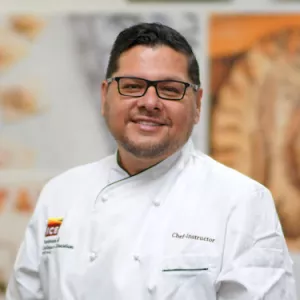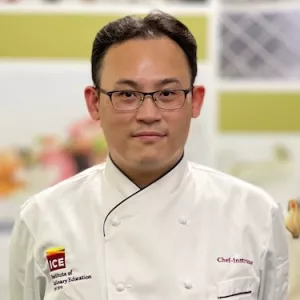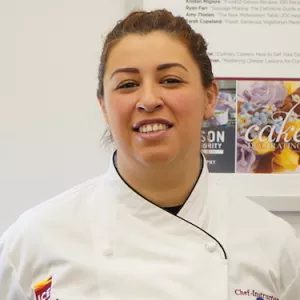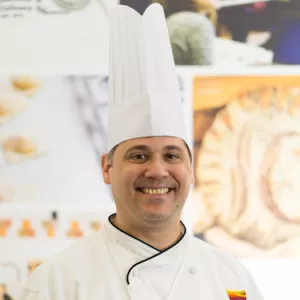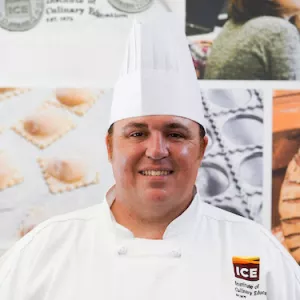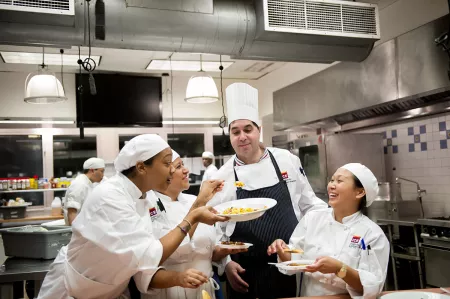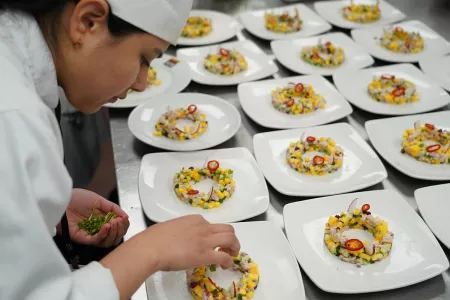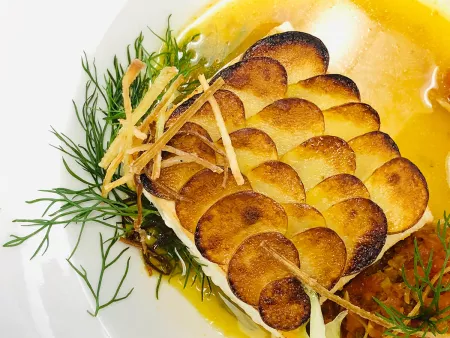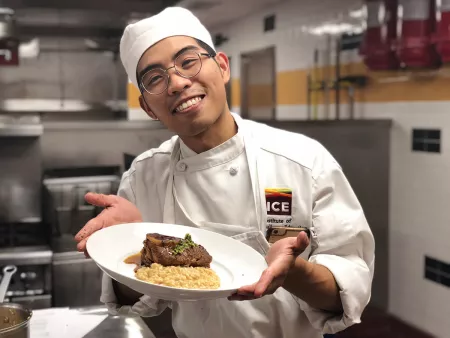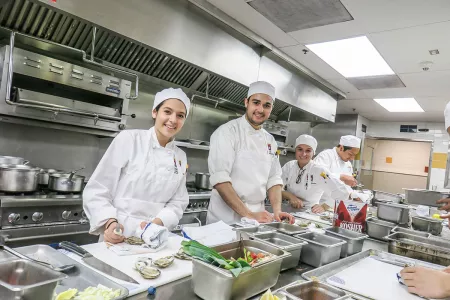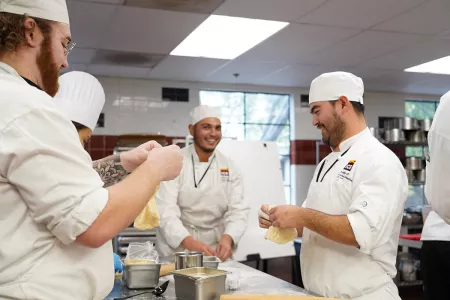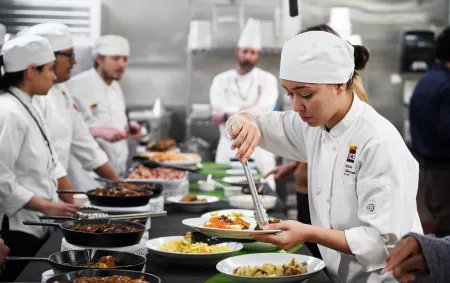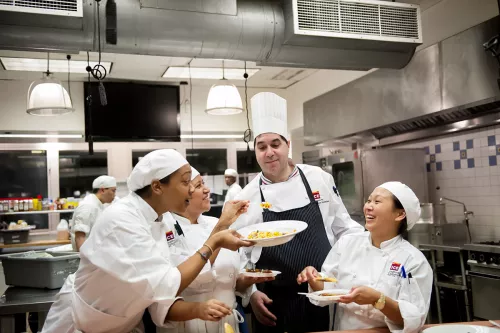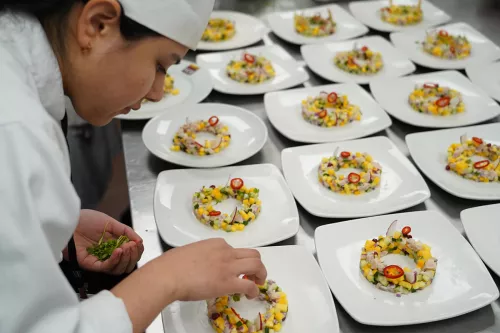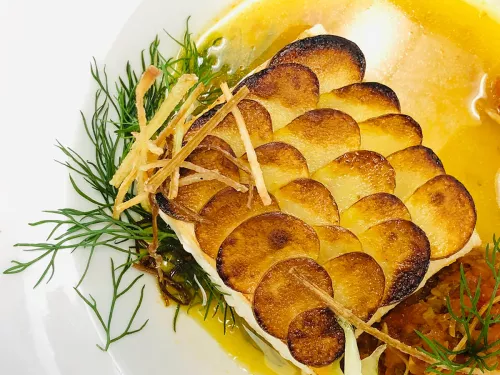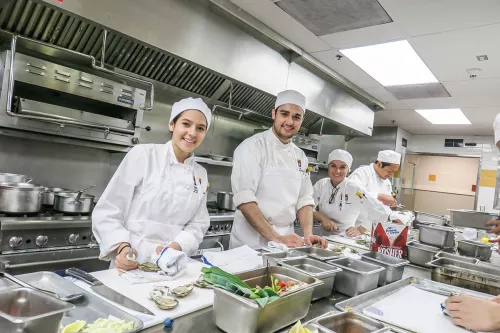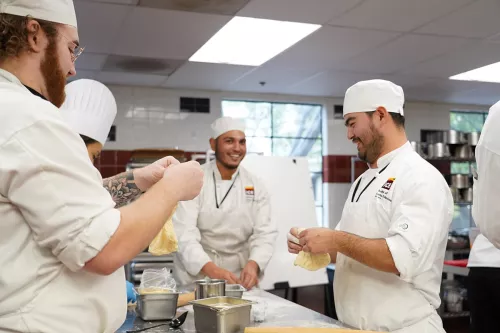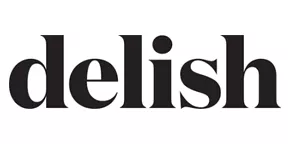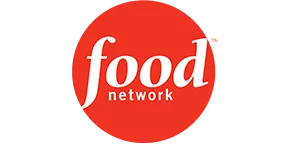CULINARY FUNDAMENTALS 1 – KITCHEN ESSENTIALS
60 hours
Every ICE's student's culinary career training program starts with a comprehensive introduction to knife skills and food safety. Afterward, you’ll use a range of methods for preparing vegetables, progressing from salads to complex plant-based cuisine. You will begin to explore the techniques that underlie fine cooking, including the concept of mise en place, that are critical in professional cooking environments.
Course highlights:
- Classical and contemporary knife skills.
- Food safety and sanitation.
- Product identification of vegetables, herbs, spices, legumes and more.
- Breakfast cuisine and egg cookery including emulsions.
Dishes include:
- Grilled Eggplant and Portobello Sandwich with Fresh Mozzarella and Romesco.
- Vegetarian Three-Bean Chili with Ancho and Sweet Chili Peppers.
- Grain Bowl with Quinoa-Lentil Pilaf and Roasted Vegetables.

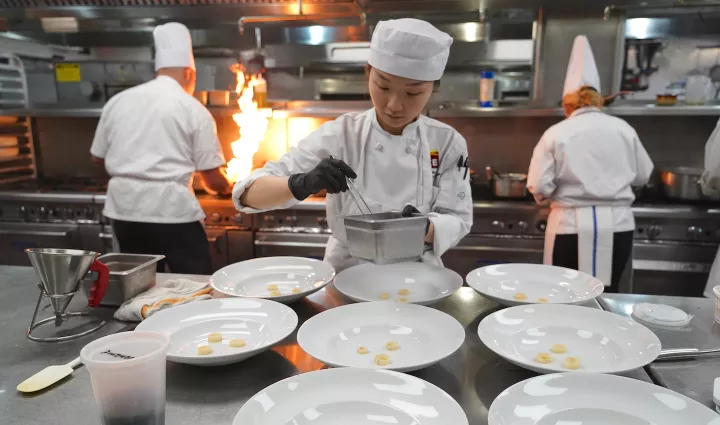
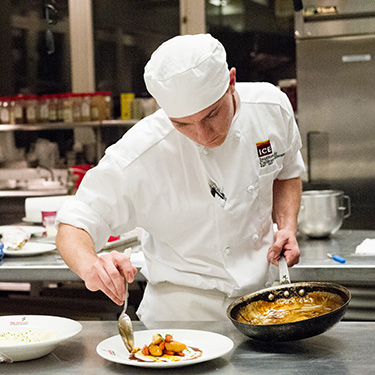 ICE’s Career Culinary Arts program contains nine courses, offering students comprehensive training in the art and actual practice of cooking. The first eight courses are composed of 108 four-hour lessons taught by expert chef-instructors at ICE’s Los Angeles facility. Culinary career training program students explore the time-tested fundamentals of cooking, cuisines from around the globe and techniques from modern masters.
ICE’s Career Culinary Arts program contains nine courses, offering students comprehensive training in the art and actual practice of cooking. The first eight courses are composed of 108 four-hour lessons taught by expert chef-instructors at ICE’s Los Angeles facility. Culinary career training program students explore the time-tested fundamentals of cooking, cuisines from around the globe and techniques from modern masters.